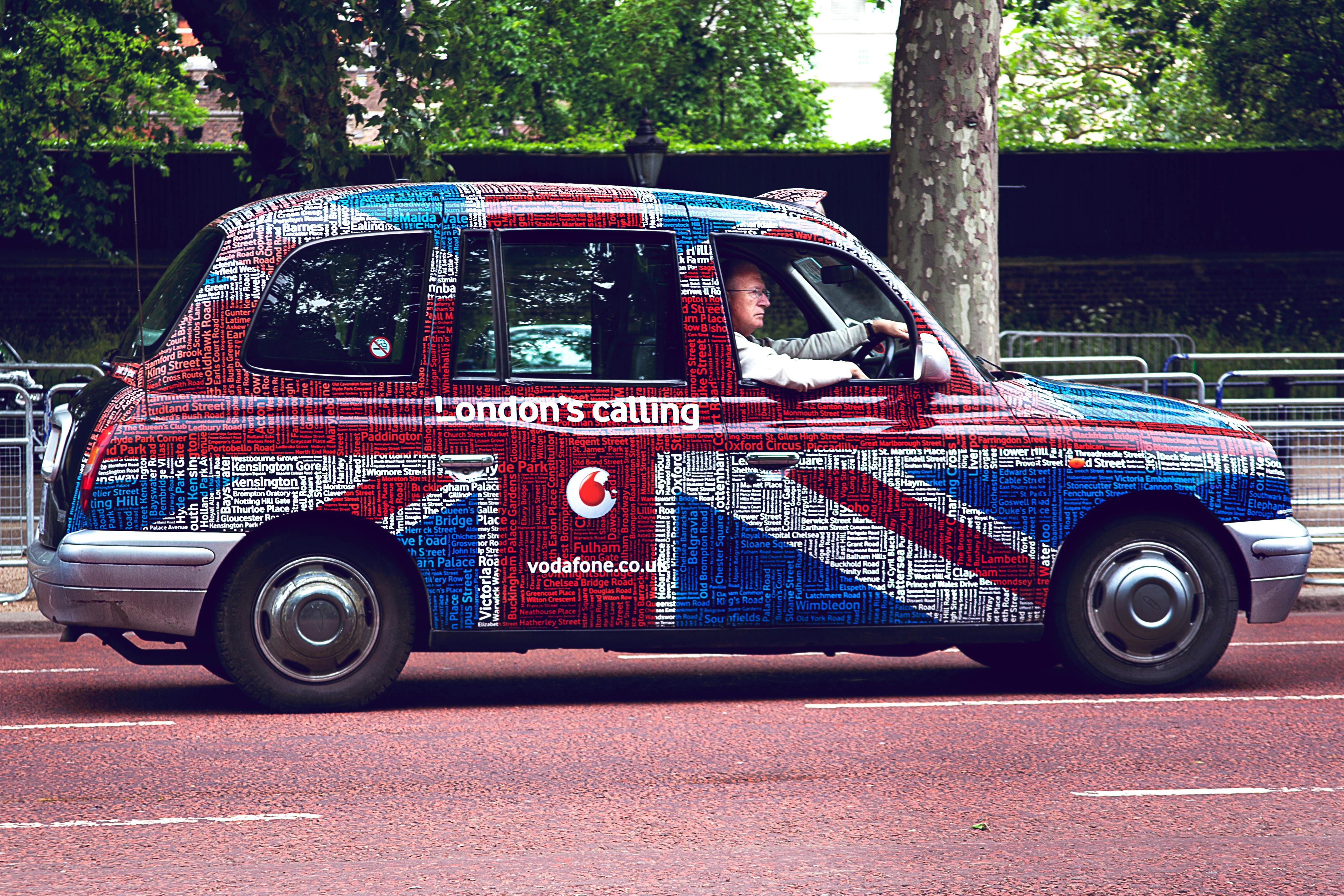The use of similes is very effective. The use of similes serves to explain a concept that may be difficult to understand. The benefit of using a simile is to create clarity in a statement by point of comparison, allowing the receiver to develop their own interpretation using the point of comparison suggested by the simile. A way of speaking that brings color to our daily conversation. Using similes will bring out details and add character to any description.
A simile used to help one imagine the feeling of a little kitten’s paws was compared to raspberries in the palm of the hand. Unusual but quite effective. An unfortunate person may never have had the experience of holding a very young kitten, but may have held raspberries or berries in the palm of his hand. With the simile used, they could capture the warm experience by imagining the sensation of the kittens’ paws. The images provoked by a simile help to understand what someone is trying to convey.
While there are traditional ones like “As Naked as a Jay Bird”, a comic simile explanation could be quite funny and certainly make someone laugh. A witty simile, creating a fleeting, picturesque glimpse of something funny, might lighten an otherwise awkward situation. And while traditional similes can be more accurately interpreted due to familiarity, others that are made up along the way serve their purpose.
“As lazy as a sloth” could only be interpreted once one has seen the animated movie “Ice Age”.
The use of similes certainly makes life interesting. However, comparisons do not always make sense. Comparing the behavior of someone who has just discovered true love, it is said that he is “as in love as a kitten”. This explicit simile would leave plenty of room for the imagination to grasp the meaning. Though logic might argue that since someone who has fallen into the emotion of love has developed a rosy glow on their face, they couldn’t be compared to a kitten, as kittens don’t have cheeks to hold a rosy glow. However, the use of this simile provides an unusual example to convey the image.
The use of implicit similes leaves the listener to determine for himself what the explanation might be referring to. And once again, traditional similes are not necessarily the only ones used. An example would be…
“She’s like a butterfly” could mean she’s light, or colorful, or just going from flower to flower.
In short, similes are great for presenting ideas and communicating messages clearly, while adding interest and color to the conversation.
